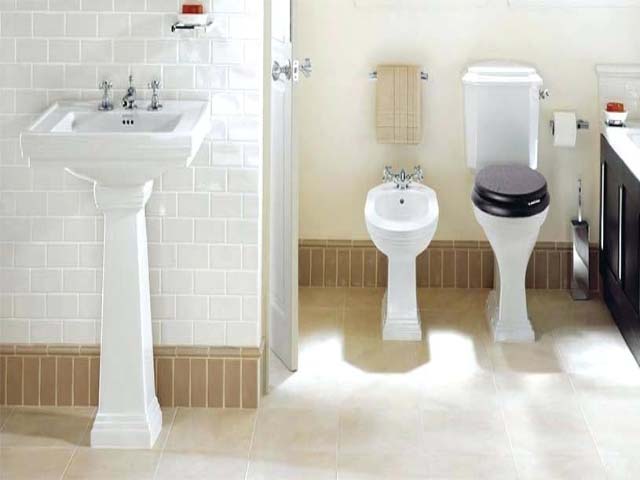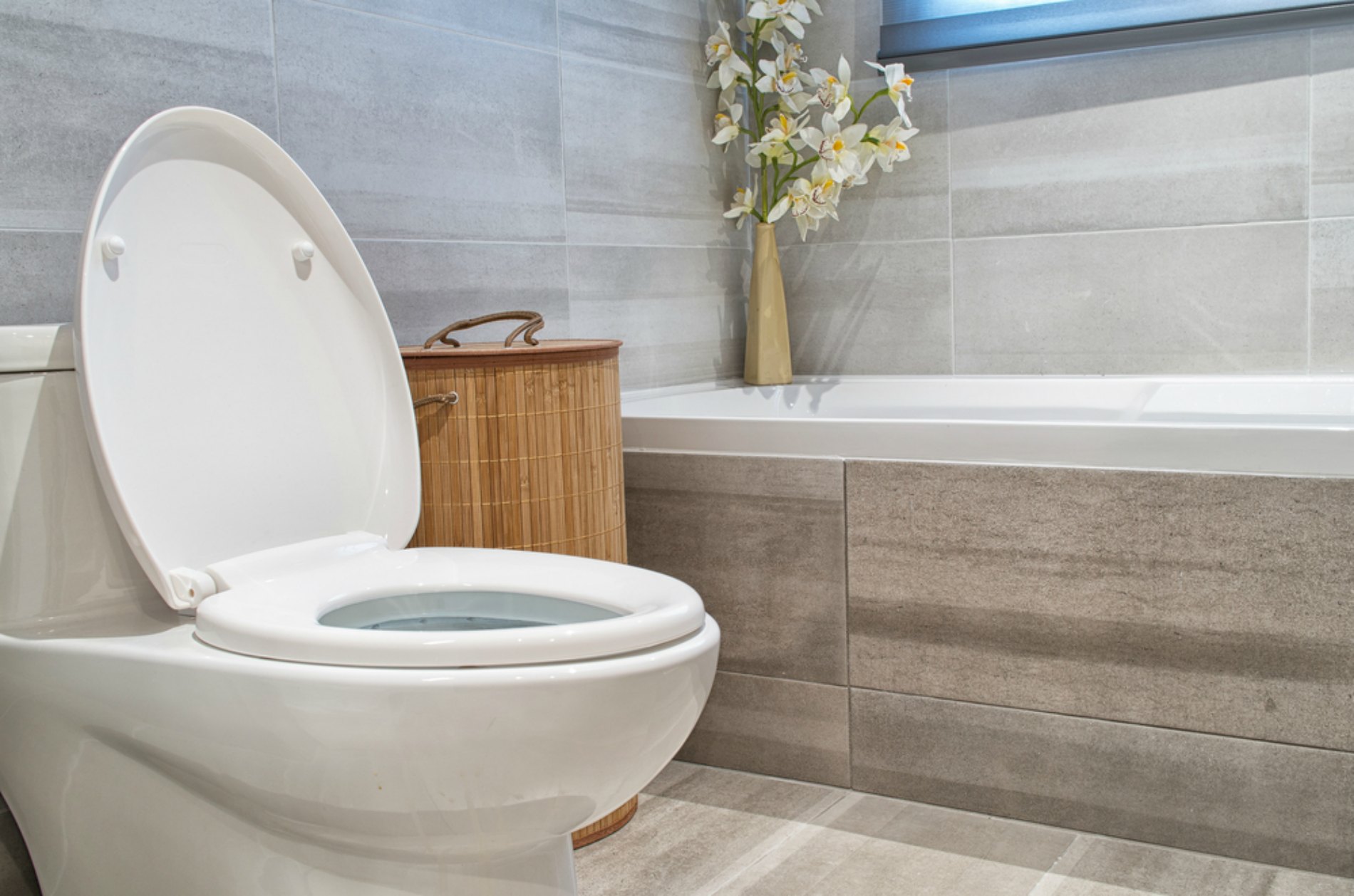Bath Water Leaks: Mastering Detection and Fix Techniques
Bath Water Leaks: Mastering Detection and Fix Techniques
Blog Article
Are you trying to locate selective information about Tips For Water Leak Detection In Bathroom?

Restroom leaks are irritating as they disrupt your day's plan. They differ in severity depending on the source of the leakage. Yet, you must prioritize them, as they can quickly get worse. It is an alleviation that the majority of washroom leakages are easy to find and also fix, with very little expense implications.
Having a water leak in bathroom can be stressful to the property owner. The short article serves as a "first help" when you require an emergency situation feedback to a water leakage in washroom.
Discovery and Fixing of Water Leakage in Shower Room
Water leakage in washroom typically results from pipes and also pipeline faults. You might need a basic understanding of these leakage types to detect the water leakage in washroom.
Clogged Restroom Sinks
Often, the water leakage in washroom arises from sink obstructions. This is typically a hassle to house owners and also might be unpleasant. Clogs might arise from the buildup of soap scum, hair particles, or particles that clog the drainpipe. It is simple to handle blockages, and you may not require professional skills.
What to Do
You can utilize a drainpipe serpent to get rid of the particles in the drainpipe and also allow the stationary water circulation. Drain pipes cleaners are also offered in stores and are easy to make use of.
Commode Leaks
In some cases, water leakages from the toilet and pools around the commode base. It is an eyesore in the washroom as well as requires punctual interest.
What to Do
You only need to tighten them if there are loosened screws in between the cistern as well as commode. In some cases you may require to reapply wax on the gasket or hire a shower room leakage professional to replace broken or used components.
Sprinkle Leaks
These usually arise from water splashing on the shower room floor from the bathtub. It issues of using a bad shower curtain or used tub lining. It harms the shower room floor and also might cause rot to wood floors and also bathroom doors. The water generally swimming pools around the tub or shower. This might lead to even worse restroom damages without prompt handling.
What to Do
This washroom leakage is the simplest to deal with. You just need to change the curtains or recaulk the bathtub or shower. If the leakage has damaged the washroom floor or door, you may need to transform these to stop more damages. The bright side is that you can entail a pipes expert to help with the bathroom fixing.
Final thought
Water leaks in the shower room are avoidable events in the residence. Upkeep and routine checks aid to keep every little thing in tip-top shape. Yet, you can never ever be also mindful, and these occasions still take place. When they do, fix them without delay, or engage the solutions of an expert.
The short article serves as a "first aid" when you need an emergency situation response to a water leakage in bathroom.
Water leakage in washroom commonly results from pipes as well as pipe faults. You might need a basic expertise of these leak types to identify the water leakage in bathroom. Sometimes, the water leakage in washroom results from sink blockages. It damages the restroom flooring and may trigger rot to wood floors as well as washroom doors.
5 Ways You Can Tell There's Water Leaking In The Bathroom
Mold and mildew
The presence of mold or mildew is a big indicator of a water leak. It's not unordinary to see mold or mildew in parts of your bathroom where water accumulates, like showers and sinks, but it's a problem if you notice it growing in other places. Mold grows in places that are moist and dark so it can point you to hidden water leaks.
Read More: https://www.housedigest.com/927314/ways-you-can-tell-theres-water-leaking-in-the-bathroom/If you notice mold or mildew growing on bathroom walls, floors, or ceilings you should be concerned. Other than pointing you in the direction of a potential leaky pipe behind your walls or under your floors, mold is dangerous to your health, according to The Waterworks. Mold can cause an allergic reaction with symptoms like watery eyes, runny noses, sneezing, headaches, and difficulty breathing. Since mold is not only unsightly to look at, but a health hazard it's important to take care of the leak as soon as possible so the mold can be cleaned before it spreads.
Read More: https://www.housedigest.com/927314/ways-you-can-tell-theres-water-leaking-in-the-bathroom/Damaged walls or floors
Unexplainable damage to your bathroom walls and floors is another sign of water leaking. If drywall gets wet it will crumble, bubble, and even warp or break apart. Before you notice your drywall deteriorating you may see the paint blistering or chipping off the wall. Or if you have wallpaper, it will begin to peel off when wet and show water stains.
Read More: https://www.housedigest.com/927314/ways-you-can-tell-theres-water-leaking-in-the-bathroom/Unstable toilet
When you sit on your toilet does it wobble? If it is unstable your toilet potentially has a flange leak, according to The Pink Plumber. Toilets are supposed to sit stable on the bathroom floor and should never be able to be moved around. There are screws that keep the toilet secured down to the floor and a wax ring that connects the toilet to the waste pipe. The wax ring creates a water-tight seal so nothing leaks when water and waste are moving through the toilet. If the wax seal is damaged or worn down it will no longer provide the proper seal, causing a flange leak and allowing wastewater to seep out.
Read More: https://www.housedigest.com/927314/ways-you-can-tell-theres-water-leaking-in-the-bathroom/Wet bathroom cabinets
Wet bathroom cabinets are a sure-fire way to tell if you have a water leak in your bathroom. When your cabinets are wet it is likely because of leaks from sink faucet or water supply lines. You will know that your cabinets are damp if you see any water stains inside the cabinets. If it is a leak from a water supply line The Pink Plumber explains that you will see water dripping out from the connectors or even puddles in the cabinets.
Read More: https://www.housedigest.com/927314/ways-you-can-tell-theres-water-leaking-in-the-bathroom/https://www.housedigest.com/927314/ways-you-can-tell-theres-water-leaking-in-the-bathroom/

Do you like reading about How to Detect and Fix a Bathroom Leak? Post a short review directly below. We will be pleased to listen to your reactions about this entry. We hope that you visit us again in the near future. If you please take the opportunity to distribute this post if you enjoyed reading it. Thank you for your time invested reading it.
Act immediately. Report this page